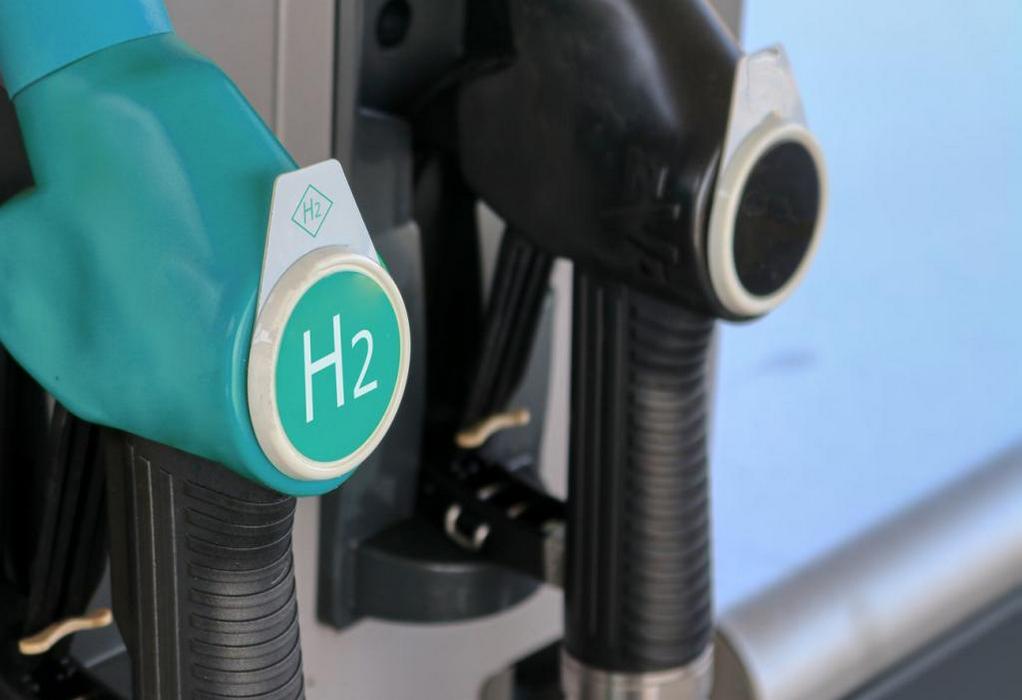The Australian hydrogen mega project proposed by a BP-led consortium will probably supply local industrial buyers from the mid-2020s, with the main export ambition realised from 2030, BP chief financial officer Murray Auchincloss.
The first phase, to supply “nearby mining and other industries,” was relatively simple and could happen from the middle of the decade in “2025, 2026, 2027,” Auchincloss said. “That will form the base project that allows you to build a big export hub,” he said.
But the export phase is highly complex, as BP would need to “lock in” customers, would need “serious” electrolyser capacity, and financing, he said. Auchincloss implied the export phase would probably come in the 2030s, because he said it would be “brilliant” if exports began before the end of the decade.
BP in June bought a 40.5% stake in the Asian Renewable Energy Hub (AREH) green hydrogen project, in Western Australia. The $36bn AREH aims to produce 1.6mn t/yr of green hydrogen, or 9mn t/yr of green ammonia, from 26GW of renewable power, utilising up to 12GW of electrolyser capacity. As the name suggests, the project was conceived to convey energy to markets in Asia-Pacific. The developers first envisioned using a subsea electricity cable before deciding seaborne cargoes, probably containing ammonia, were more viable.
‘Domestic first, export second’ is becoming a familiar mantra in the hydrogen industry, as developers seek firm offtake agreements from existing users of hydrogen nearby. As the IEA said in a recent outlook, the projects that are starting construction first are characterised by simple value chains, mostly supplying existing refineries, or fertiliser and chemical plants.
International trade in hydrogen or derived products is likely to become important in coming years, as the EU and countries like Japan and South Korea have all set import targets because they cannot produce enough domestically. But developers still need time to overcome obstacles like project financing and transportation.
Tags: Australia, BP, Hydrogen



Recent Posts
Wärtsilä to Power USA’s First All-Electric High-Speed Ferries in San Francisco Bay
ABS and Pusan National University Chart a Course for Liquid Hydrogen Shipping
RIC Energy and Siemens Partner to Advance Green Hydrogen and E-Fuels Projects in Spain
Moeve to Supply 40,000 Tons of 2G Marine Biofuel to Grupo Armas Trasmediterránea in Canary Islands
Smart Green Shipping Completes Successful Sea Trials of Wind-Assisted Propulsion System
CMA CGM Unveils Vietnam’s First Fully Electric River Barge in Collaboration with NIKE
Vietnam and France Join Forces to Explore Green Hydrogen for Remote Islands
Port of Rotterdam Tests Electric Hydrofoil Vessel in Push for Sustainable Operations